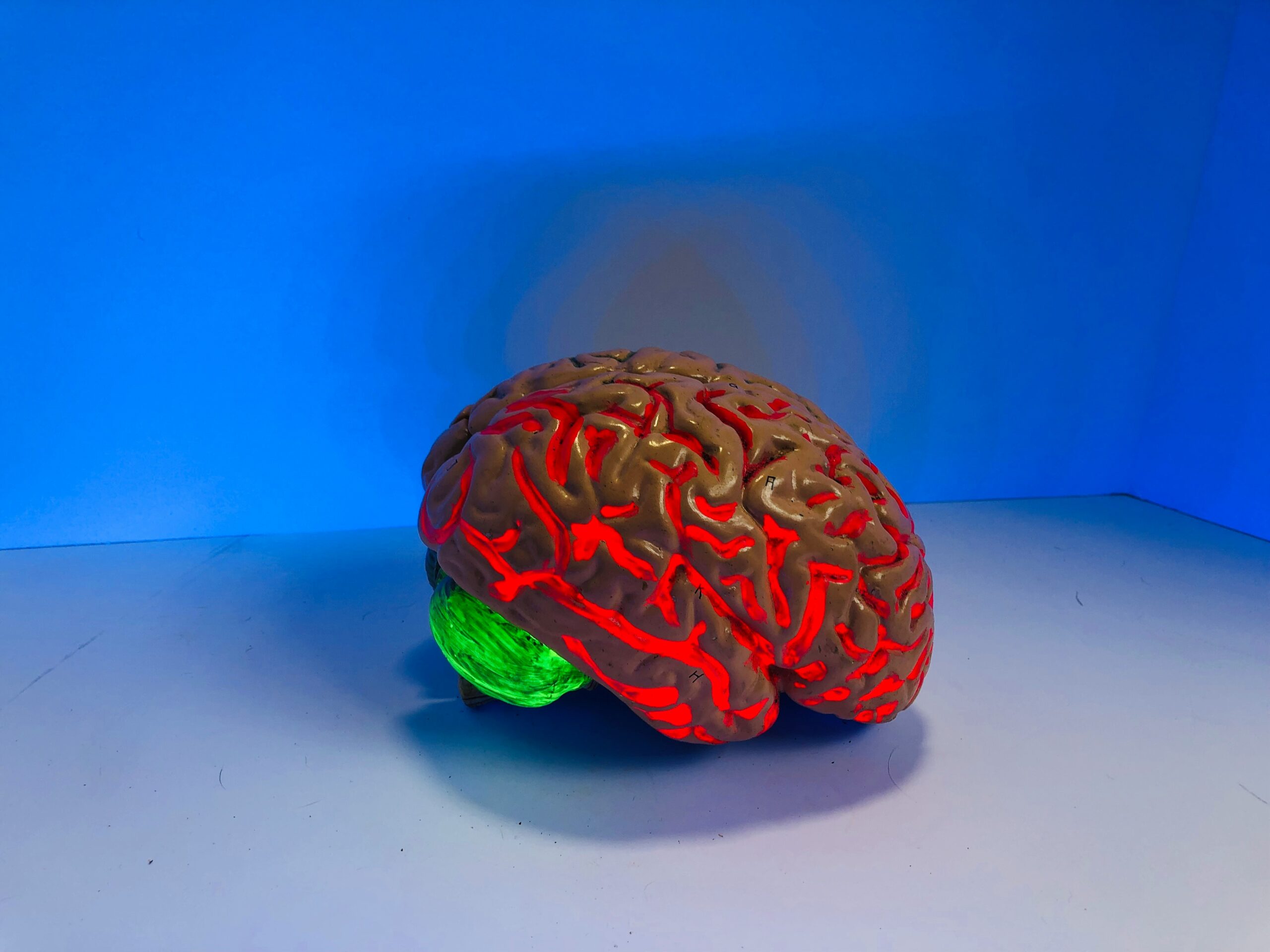Email : info@thesalesbliss.com
As a marketer, advertiser, or business professional, have you ever pondered over the intricate processes that drive your customers’ purchase decisions? It may appear to be a simple act—buying a cup of coffee, purchasing a new pair of shoes, or subscribing to a service. Beneath this seemingly straightforward action, there’s a complex interplay of conscious thought, primal emotions, and a brain wired for survival in a world far from ours. Grasping this intricate ballet is the key to unravelling the secrets of successful marketing strategies.
The Information Avalanche and the Discerning Mind
Imagine this: every second, your customers are bombarded with an overwhelming 11 million bits of information. It’s a sensory overload! Visual stimuli dominate this onslaught, but our other senses – sound, smell, touch, and taste – also shape our perception. However, our conscious minds can only process a mere 40 bits per second! That’s right, a minuscule fraction of the total information we encounter. So, where does the remaining 99.999% go? The answer lies in the fascinating realm of the subconscious, a territory marketers must navigate to succeed.
This staggering ratio of subconscious to conscious processing is the reason our brains often function like a labyrinth. In the subconscious, biases are shaped, emotions take hold, and a significant part of our decision-making occurs. This concealed realm wields immense influence, dictating how we perceive products and brands and, ultimately, how we allocate our financial resources. Harnessing this power is the key to effective marketing strategies.
A Legacy of Survival: The Evolving Human Brain
To understand the buyer’s brain, we must first understand its evolutionary journey. Natural selection, the driving force behind evolution, favoured brains that could navigate the harsh realities of our early existence. We evolved in small, tight-knit groups, constantly on the lookout for threats, searching for food, shelter, and mates. This environment fostered the development of foundational emotions like fear, sadness, anger, disgust, happiness, and surprise, all crucial for survival.
Around 100,000 years ago, the human brain reached its current size and configuration. This “modern” brain, with its highly developed prefrontal cortex, brought about a revolution. It enabled us to plan for the future, store and access resources like food, develop complex social interactions, and manipulate objects and ideas. This shift from basic survival to a life of possibilities fuelled the rise of culture, art, and the ability to think beyond the immediate present.
The Modern Conundrum: A Stone Age Brain in a Digital Age
Fast-forward to today, and we find ourselves in a world vastly different from the one our brains evolved to navigate. The constant barrage of information, the relentless pace of life, and the ever-present stress are all challenges our 100,000-year-old brain wasn’t designed to handle. This mismatch can trigger an “emergency mode” within the brain, hindering clear decision-making and making us susceptible to impulsive choices.
The Creative Paradox: The Price of Progress
One might ask, why do we, the architects of this modern world, create environments that stress our very own brains? The answer lies in our inherent drive for progress. We are wired to seek better solutions, to create and innovate. This relentless pursuit has led to incredible advancements – from life-saving medicines to instant global communication. Yet, there’s a price to be paid for this progress, a cost reflected in the modern stressors that bombard our brains.
Reaching the Primal Buyer: A Delicate Dance
So, the question becomes: how do we connect with this primal part of the buyer’s brain while navigating the complexities of the modern world? The answer lies in understanding the delicate interplay between emotions and decision-making. The amygdala, a primitive region deep within the brain, is crucial in processing emotions. It assigns emotional significance to incoming stimuli, colouring our perception and influencing our choices.
This emotional influence doesn’t happen in isolation. The prefrontal cortex, the brain’s most advanced area, handles reasoning, judgment, and decision-making. However, it doesn’t operate in a vacuum. The emotional colouring provided by the amygdala plays a significant role in how the prefrontal cortex processes information and ultimately guides our choices.
Marketers need to tap into this dynamic between emotions and reason. While logical arguments and product features are essential, they only tell part of the story. To truly resonate with buyers, we must craft messages that speak to their emotional core. We must understand their fears, aspirations, and desires and then frame our products and services as solutions that address those fundamental human needs. By understanding the primal emotions that drive our decisions and the role of the amygdala and prefrontal cortex, marketers can craft messages that resonate on a deep level.

